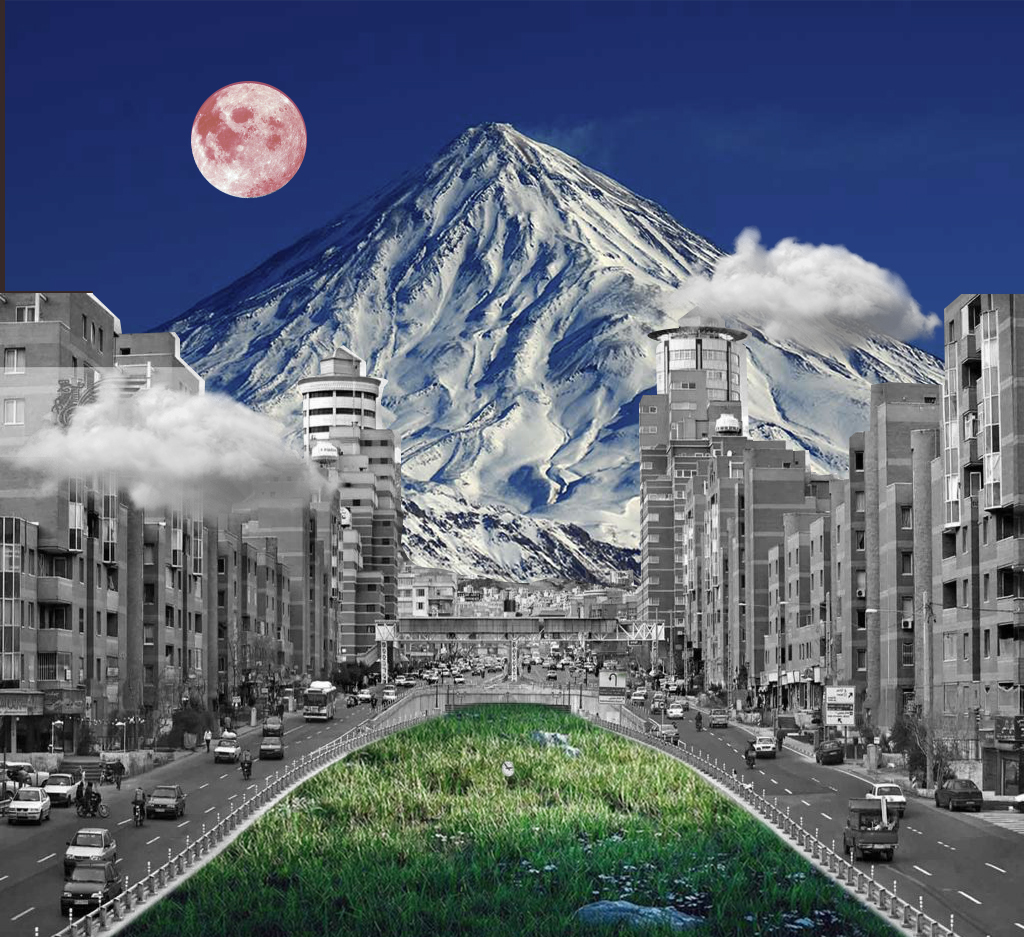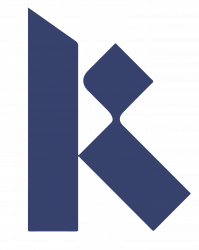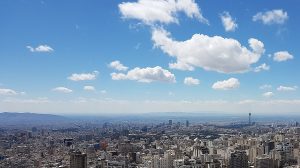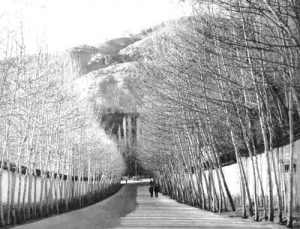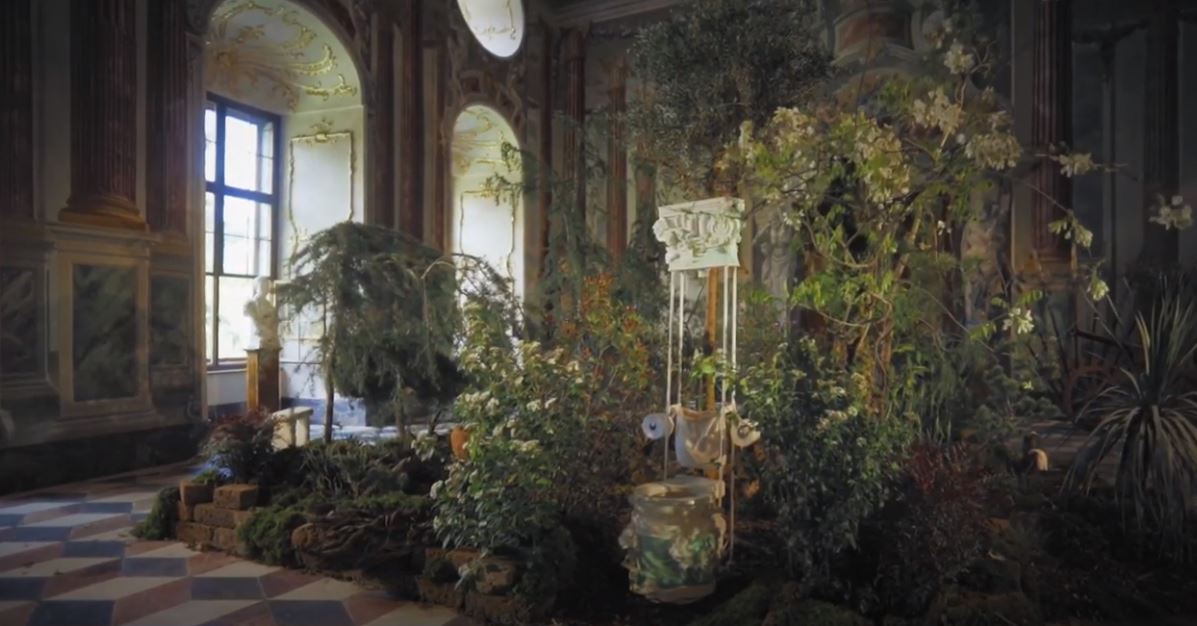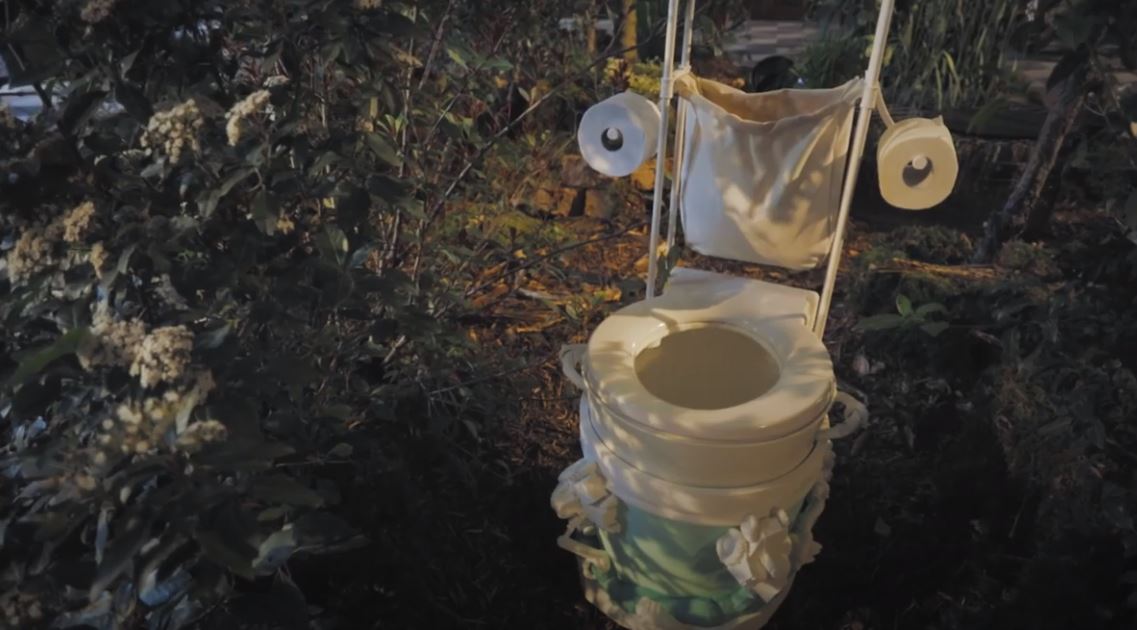Action 4 | Grad Studio I
This is Tehran, an industrial city with a dense texture of high-rise unattractive buildings everywhere you look, a polluted city that knows no material other than concrete, steel, and plastic. It’s rough, crude, and for the most part, very uninviting.
Tehran wasn’t always like this though. This city used to be spacious, full of air, full of pomegranate gardens and rows and rows of Platanus trees until fake modernization became the agenda. As a result of wrong engineering, careless urban planning, and cutting ties with nature, Tehran, throughout 50 years or less, ended up like this.
When I think about nature or anything for that matter natural, the last thing that comes to mind is this city, so when week after week I read that we had to seek ‘things of nature’ for our assignments, I got baffled. Where do I seek nature in this concrete jungle?
There are some parks and green areas here, but I never really felt close to them. Maybe because most of them were built; Planted trees in awkwardly neat order, it never felt natural.
To me, nature has always been an escape rather than a daily interaction. Nature, in the sense of forests, sea, and mountains, has always been a rare occasional visit on vacations and trips (around Iran and the world). So I gave up on seeking and discovering nature in this city. I always thought why bother.
Part I:
At the end of action 3, and after I met with Zach, I decided to redefine the meaning of nature for myself. I wanted to try and seek what to me felt even in the slightest bit natural in this city, not in forests and mountains and exotic landscapes that I usually consider as nature, but rather in my daily routine.
I first started by thinking about the places that I consider nature and how I feel when I visit them. The north of Iran is one of those places for me. Standing in front of the Caspian sea on giant solid rocks, hearing the splashes of waves as they hit the rocks, and feel the wind and the droplets of cold water touch my face, one of the most freeing sensations. I started breaking down these elements on paper. Slowly, I started making a list of the different words that constituted nature for me.
So for the first part of the action, I simply set out to discover and notice nature in my daily life. To see if I could find some of the pieces of this wholesome puzzle anywhere in my day-to-day routine. I deliberately didn’t go far. I stayed around my neighborhood and the places I usually interact with. I started paying more attention to the sounds, the movements, the smells, and the sensations I felt in my body. I took a picture and captured a video/recording of anything that felt like it could be a missing piece in this puzzle.
Seeking nature in everyday things
1. Sounds/Smells: On Monday night, as I was thinking about my action, the first thing that I immediately noticed was the sound of rain echoing on the air conditioner’s vent. This is how I usually realize it’s raining at night, so I immediately went to the window and opened it to let in the smell of dust and rain. I thought to myself, this smells definitely feels like nature.
2. Light/Colors: One of my favorite times of the day is around the evening when the golden light somehow manages to peak through my window and hit the wall above my desk. Feeling that warmth of the sun in my room and on my skin, felt like a piece of nature.
3.Forms/Textures: On Tuesday, as I was baking (a hobby I picked up during quarantine), I noticed how the dough I was working with, had created this almost organic and parametric patterns within it. This form immediately reminded me of similar ones easily found in nature.
4. Movements: Coming back home on Wednesday, there was a light breeze in the air. The clouds were moving and the shadows of the trees were slowly shifting on the brick wall in front of me. Every step of that walk felt like a piece of nature.
5. Sensations: On Thursday morning, as I went out to do some food shopping, I sat next to this water fountain beside a bus stop. I had never done that before; the splashes of water were hitting my face and that cooling sensation could have been ‘nature’ as well. 
Reflections
I technically did not make anything in part 1, I just observed and reflected. I started reflecting on our dysfunctional relationship with nature and thought about Tehran and how it used to be the most beautiful city, located in the foothills of Mount Damavand; a city that was chosen as the Capital of Iran centuries ago because of its views and its pleasant weather! So, what happened? Why are we so eager to destroy nature, only to sit back and long to have it back? Why did we put personal comfort ahead of our survival?
This is not the only example. Thinking back to my first chosen lexicon, Decolonial design, I thought about all the indigenous lands that were invaded just to be turned into industrial areas; all the lives and natural resources that were destroyed in the name of modernization.
Throughout the years, we have built an unsustainable relationship with nature, and we have contributed to our planet’s demise. And now, more than ever it seems urgent to realize that we are just a small part of this eco-system and we should rebuild a more sustainable relationship with nature.
So what is our role as designers/humans here? How can we go back to nature and embrace it in our designs/lives?
Part II:
A few weeks earlier, I had seen a video of an exhibition at Schloss Hollenegg in Austria, depicting our dysfunctional relationship with nature. In one part of the exhibition, there was a natural environment with human-made objects within it. Many of those objects were non-biodegradable and disrupted the environment, for example, a toilet in the middle of nature. A monster? (Reference to Action 3).
While I was pondering on our relationship with nature after my initial action, I realized that if we had any chance of reconciling with nature, going back to it seems to be the only way.
For this part of the action, I decided to create a series of digital photo collages depicting some places in Tehran’s modern/industrial life within a background of Iran’s natural landscapes; to show that humans and their artifacts are not the superior species of this earth and that we should find a way to co-exist with nature.

